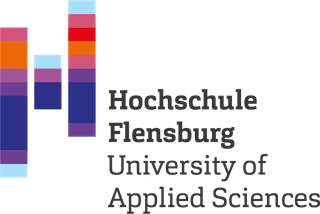Higgs-mass predictions in the MSSM and beyond
Slavich, P., Heinemeyer, S., Bagnaschi, E., Bahl, H., Goodsell, M., Haber, H. E., … Staub, F. (2020). Higgs-mass predictions in the MSSM and beyond. The European Physical Journal C, 81, 71. http://doi.org/10.1140/epjc/s10052-021-09198-2 (Original work published Mai 2022)
